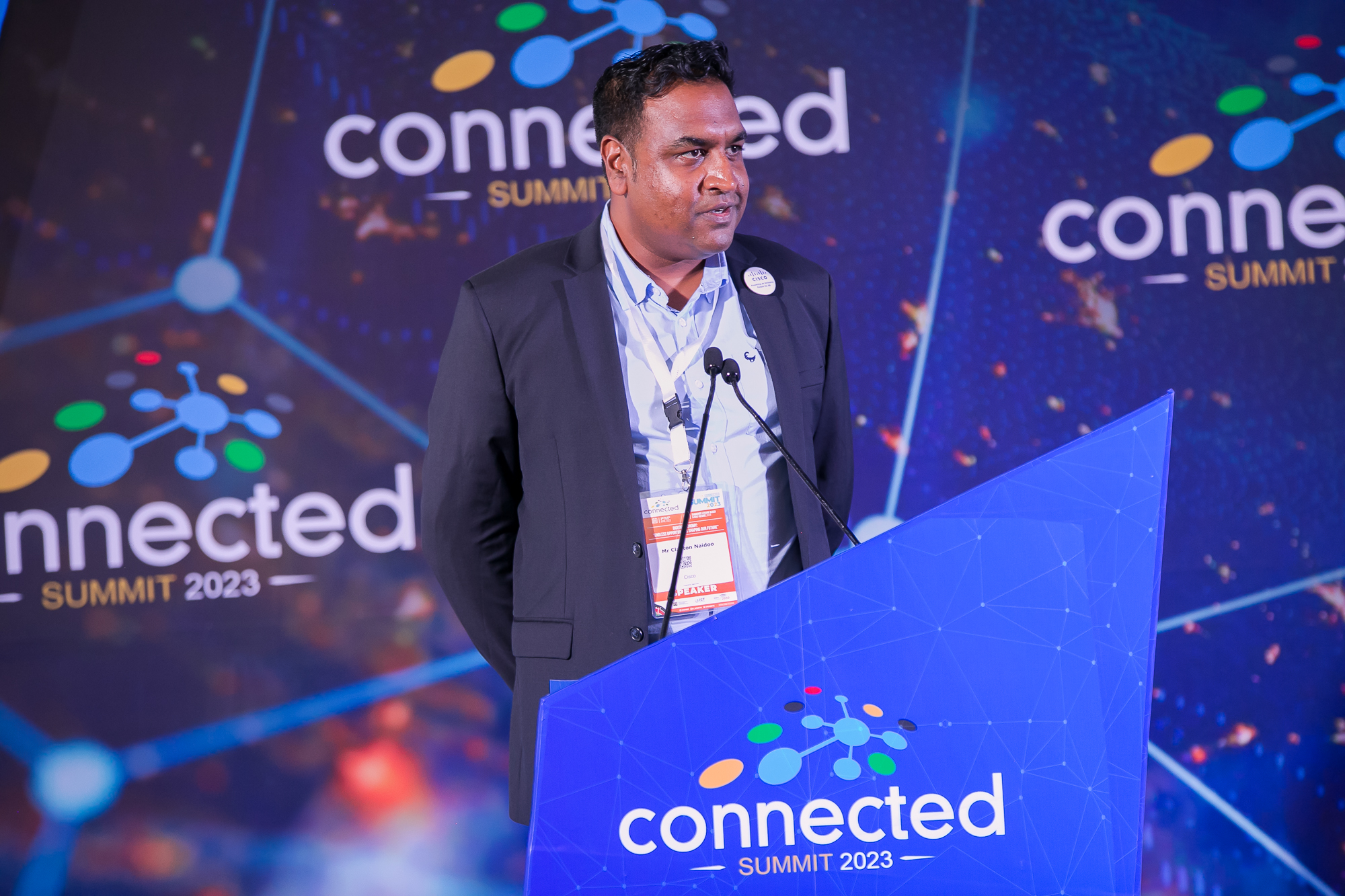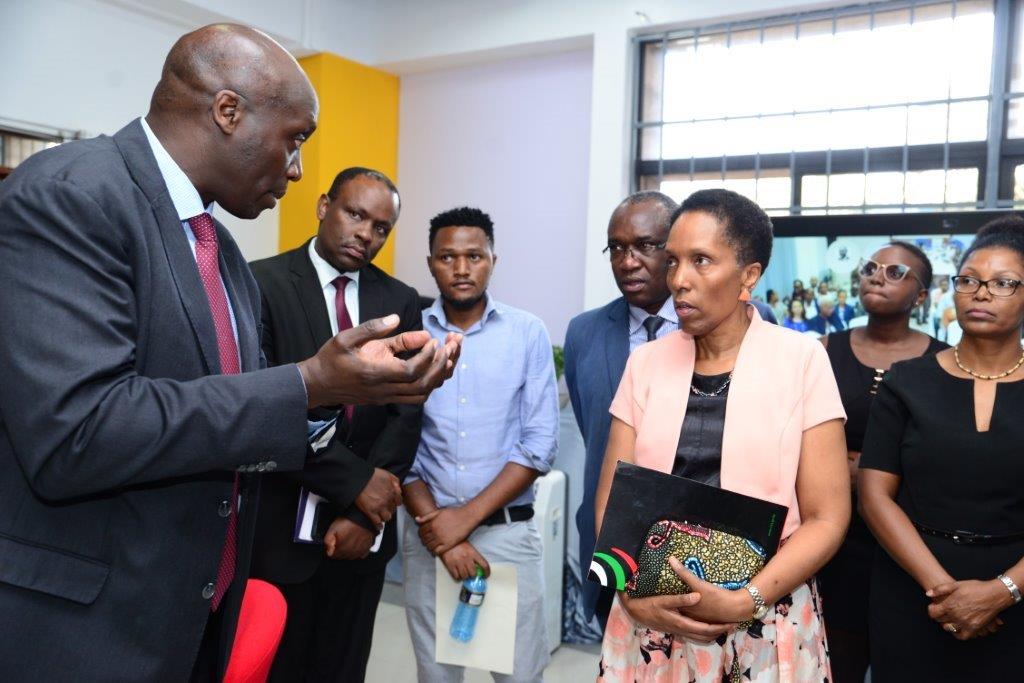Businesses in Africa face unprecedented levels of cyber-attacks, as global security vulnerabilities and threats against systems, applications, and personal networks have reached their highest-ever recorded level. This is part of the observations made by Cisco 2014 Annual Security Report which further notes that between 2012 and 2013, total global threat alerts increased by 14%. The study draws this from analyzing the information systems of 30 multi-nationals whose websites succumbed to watering hole attacks. Watering hole attacks take advantage of large websites by subverting the function of this portals and secretly downloading malware to a large audience.
“Organisations across the Middle East and Africa must realise that it is no longer if they will be targeted by cyber-attacks, but rather when,” says Sabrina Dar, Cisco General Manager. “Chief Information Security Officers face growing pressure to protect terabytes of data on an increasingly porous network, manage information safely especially on the cloud, and evaluate the risks of working with third-party vendors for specialised solutions – all in the wake of shrinking budgets and leaner IT teams.”
There is strong adoption of smart devices across Africa and the Middle East with the mobile device counting as the primary computing device for most people in these regions. Cisco projects the growth of mobile devices to go from 133 million in 2013 to 598 million in 2018. Cloud computing is also set to post the world’s-strongest cloud traffic growth rate from 17 exabytes in 2012 to 157 exabytes in 2017.
The increasing mobility brings with it great impacts on the lives of people and businesses in Africa. But it also brings with it alot of business challenges, adding complexity to security threats and solutions is one of the critical issues that emerges with this trend. Attacks in this case have shifted from individual computers or devices to the Internet infrastructure. This are conducted by sophisticated malicious parties who aim for persistence in the enterprise IT infrastructure siphoning off huge amounts of data undetected.
Android and iOS which currently dominate the mobile market are now the some of the biggest targets of malware authors. This was among the observations highlighted in this year’s annual security report by Cisco. Virus creators levitate towards the most used systems in the market and when Windows XP was widely used, this was the system of choice – this cyberattacks have now moved to the mobile platform. The report also mentioned Java being the most frequently exploited programming language, and Multipurpose Trojans counting as the most frequently encountered Web-delivered malware.
Furthermore, the report indicates a shortage of more than 1 million security professionals across the globe in 2014, as most organisations do not have the people or systems to continuously monitor extended networks or detect infiltrations, and then apply protections, in a timely and effective manner.
Cisco is also dropping a new product in the market along cybersecurity lines, but this is done through Sourcefire – the creators of Snort. Sourcefire (a Cisco company) have fully integrated the Advanced Malware Protection solution into Cisco’s Content Security Portfolio of products, including Web, Email Security Appliances, and Cloud Web Security Service, to protect the more than 60 million enterprise and commercial users who use Content Security solutions. The product is built to detect and protect against cyber-attacks over a cloud platform.































